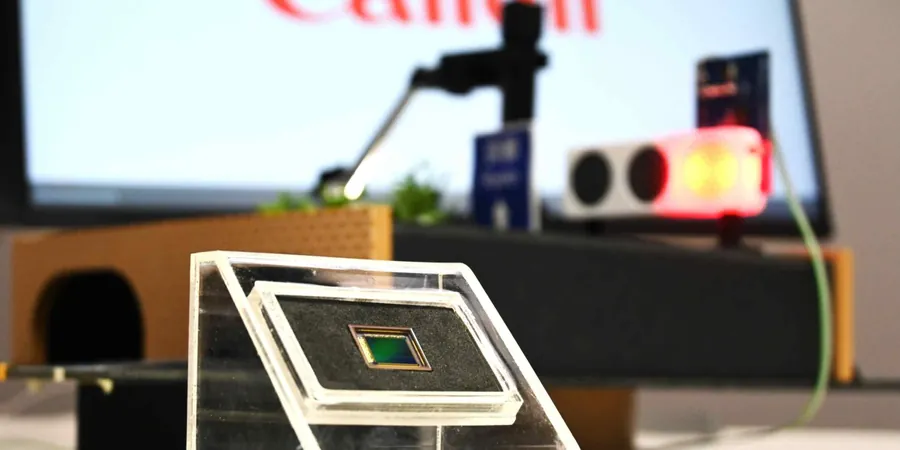
Unlocking Earth's Secrets: The Fascinating Role of Shortwave Radiation
2025-05-07
Author: Li
When sunlight aligns perfectly with our planet, it creates enchanting phenomena like rainbows and halos. But beyond these wonders, shortwave radiation plays a pivotal yet subtle role in shaping our understanding of Earth.
A groundbreaking new study published in *Advances in Atmospheric Sciences* reveals the profound ways shortwave radiation research enhances our grasp of Earth’s systems and hints at exciting future developments.
According to Jake Gristey from the University of Colorado's CIRES, who co-authored the study, understanding the variability of shortwave radiation has long fascinated scientists. He emphasizes its real-world applications, significantly impacting sectors like agriculture, renewable energy, and air quality.
Three Key Insights on Shortwave Radiation
Gristey's study highlights three crucial areas in shortwave radiation research that have recently garnered attention.
1. Rethinking Atmospheric Models
First, he points out a critical challenge in atmospheric computer models: they often treat shortwave radiation in isolated columns. "This means horizontal transport of radiation between these columns is neglected," Gristey explains. As atmospheric models evolve towards finer spatial grids, addressing this oversight will be vital for accurate simulations.
2. Bridging Measurement Gaps with Technology
Another significant issue raised in the study is the limitations of satellite measurements throughout the day. "Shortwave radiation reflected by Earth can vary dramatically, yet many satellites only capture a fraction of these changes," Gristey notes. However, advancements in small satellite technology and sensor miniaturization could lead to the deployment of cost-effective satellite constellations to overcome this measurement gap.
3. Spectral Structure: A Hidden Treasure of Information
Lastly, the study delves into the spectral structure of shortwave radiation, which comprises various colors or wavelengths—each packed with invaluable information. By analyzing spectral reflected shortwave radiation, researchers can glean insights about alterations in Earth’s surface and atmosphere.
Gristey anticipates that an upcoming fleet of satellites will significantly enhance our ability to utilize spectral shortwave radiation, propelling further advancements in our understanding of the planet.
In sum, the exploration of shortwave radiation not only fascinates scientists but potentially holds the key to addressing some of the most pressing challenges facing our world today. Get ready for a brighter, clearer future!



 Brasil (PT)
Brasil (PT)
 Canada (EN)
Canada (EN)
 Chile (ES)
Chile (ES)
 Česko (CS)
Česko (CS)
 대한민국 (KO)
대한민국 (KO)
 España (ES)
España (ES)
 France (FR)
France (FR)
 Hong Kong (EN)
Hong Kong (EN)
 Italia (IT)
Italia (IT)
 日本 (JA)
日本 (JA)
 Magyarország (HU)
Magyarország (HU)
 Norge (NO)
Norge (NO)
 Polska (PL)
Polska (PL)
 Schweiz (DE)
Schweiz (DE)
 Singapore (EN)
Singapore (EN)
 Sverige (SV)
Sverige (SV)
 Suomi (FI)
Suomi (FI)
 Türkiye (TR)
Türkiye (TR)
 الإمارات العربية المتحدة (AR)
الإمارات العربية المتحدة (AR)